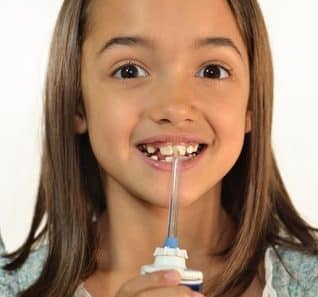
What are the benefits of early orthodontic treatment?
Orthodontic treatment should begin earlier than most parents are apt to assume. According to the Canadian…

What causes crooked teeth?
Teeth erupt crookedly for a number of reasons that range from genetics to mouth deformities and…

What is a water pick and do I need one?
Water picks, sometimes called “oral irrigators,” make an excellent addition to your regular home care regimen…

Top Ways to Ensure You and Your Braces Have a Good Relationship
ou and your braces will become good friends over the coming months or years, so it’s…

Benefits of Orthodontic Treatment at a Young Age
Contrary to popular belief, orthodontic treatment is not just for older children and teens who have…

How do braces move my teeth?
Great question! Tooth movement is your body’s natural response to light pressure applied by braces over…

Going on vacation? Remember these simple tips!
If you are wearing braces and are planning a vacation, our team at Crichigno Orthodontics would…

What happens if I have an orthodontic emergency while I’m on vacation?
At Crichigno Orthodontics, there are a few things we want to remind you of when you’re…

Heading Off to College? Maybe It’s Time to Graduate to an Electric Toothbrush!
Your trusty manual toothbrush has been with you from pre-school through high school—well, obviously not the…

Are you visiting the dentist during your orthodontic treatment?
If you’re brushing your teeth twice a day during your orthodontic treatment, Dr. Nicola Crichigno and…


